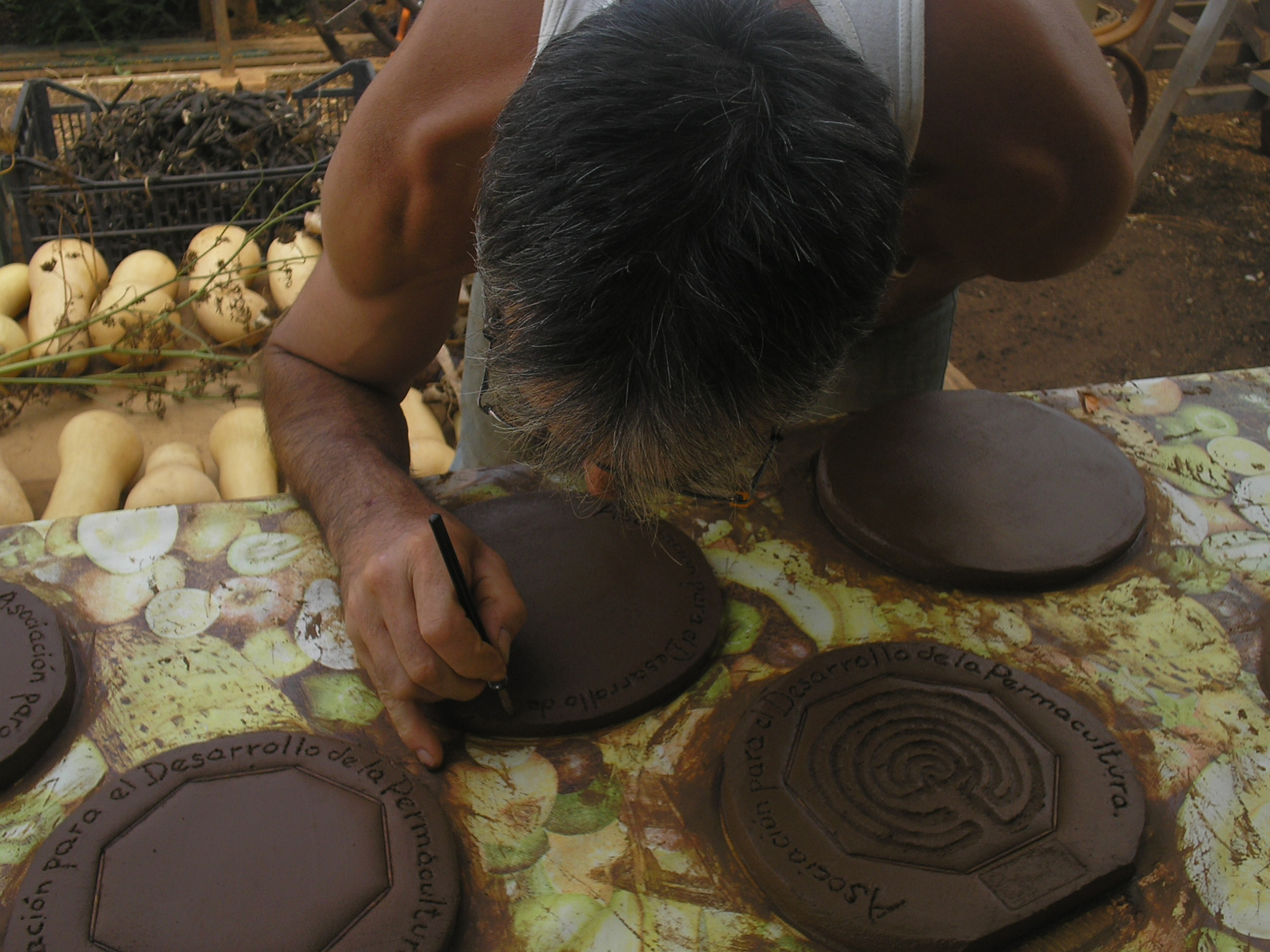“Diversity, harmony and mutual support“
“Care of the Earth and its people”
“A place of absolute integration, where respect and understanding of the land have obtained their best achievements.”
“It invites to reflect about the consistency of decisions, habits, proactivity, life philosophy of every one as a free being and in harmony with the place we inhabit.”
“This farm goes beyond permaculture and agroecology concepts; it’s a way of living and feeling nature. It has a soul, it’s not only what you can see, smell or touch in it. Every time I have the opportunity to visit them I leave convinced that this project works, it’s very much alive and far away from economic or productive concepts (which I barely understand), I feel that it helps the neighbourhood.”
“You’re an example to follow. ‘Collaboration, cooperation, patronage, common good, mutual help, biodiversity…’; what more could you ask for? Here everything has its place and nothing clashes. Regarding suggestions I can only ask you to keep on working as you’ve done until now because you’re in the right path. Keep sharing your enthusiasm and knowledge with the world”[1].
The trial-and-error method behind the experience described in this guide is certainly part of the most genuine search of that what brings us closer to the heterogeneous mass of diverse forms of life in which we to fully integrate in order to reach the result we are looking for. In other words, becoming an integrated part of the landscape not as a painter but as part of the painting.
In the various didactic units of the PERMIND Training Guide we wanted to reveal how Permaculture identifies itself with the conscious design and maintenance of the productive agricultural ecosystems that have the same diversity, stability and strength of the natural ecosystems. Through the observation of the natural ecosystems, we design production systems that meet human needs and the restoration and conservation of the environment.
Systems based on Permaculture principles promote this protection and restoration and recover soil quality, protect biodiversity, integrate the edible gardens and garden forests with its fertilizing trees; cultivate soils with permanent covering and recycling of nutrients; manage most efficiently rain water infiltration; reduce water consumption and therefore water footprint; reduce energy consumption through a higher energetic efficiency; is a climate change adaptation model for its endurance and a mitigation model that decreases the carbon in the atmosphere in order to fight greenhouse effect and climate change; improve nutraceutical quality of food; help to close different cycles: energy, nutrients, materials and water; extend products life cycle; help agroecological resilience; provide edible gardens and garden forests to improve the agricultural landscape; contribute to the recovery of abandoned and degraded cultivated lands in order to stop desertification; don’t use fertilizers or chemical manure; help to raise awareness and training about environmental issues, etc.
From the psychosomatic perspective our current behavior is overall sedentary if we compare it with our brain “age”, which is still predominantly nomadic. The “nomadic” brain displacement in nature works following security objectives such as habitat and food; that is why some mechanisms for the pursuit of these objectives are developed. Permaculture emulates the principles of nature transmuting the idea of a natural ecosystem in cultural ecosystems and in edible gardens and garden forests.
We want to promote the nomadic dimension of our brain through the permacultural practices in a fresh and pedagogic dimension. This helps from a therapeutic point of view given that these practices reconnect us with nature, where we came from and on which we turned our back. The connection with nature through the daily discovery of “new settlements” of nutritive supply in our edible gardens and garden forests area challenge of new discoveries for the brain that stimulates our memory system.
In previous didactic units we talked about the importance of cultivating in Permaculture: cultivating environment observation, cultivating water and soil, cultivating biodiversity. Adding up all these cultivations, there is no doubt it results in more healthy products. But in order to facilitate these crops in a community way, we have to be aware of the importance of the cultivation of human relationships; this is where mental health occurs. It is a cultivation of human relationships through reconnection with nature, a nature that we have turned our back on with our technological arrogance. We have to go from the co-responsibility phase of destruction in which we are installed, to a phase of co-responsibility in the restoration. This is one of the objectives of this guide and the reason we wrote the PERMIND Training Guide in first place with the cultivation of therapy.
We now end the guide with a PERMACULTURAL ACKNOWLEDGEMENT to every person that during the past 23 years have inspired and shared our trial-and-error method in the observation and human relationships cultivation in the Finca El Mato Tinto, ADP headquarters. To those persons that have collaborated to the PERMIND Training Guide development, editing and revision. We want to refer in particular to the workers of the Special Employment Center of Finca El Mato Permacultura that are the inspiration of this training guide.
[1] Impressions of local technicians and politicians of the Red Terrae (Local association of the agroecological reserve territories network) and the Tacoronte city hall after the “ground connection” with the Finca El Mato Tinto on June 21st, 2017.






